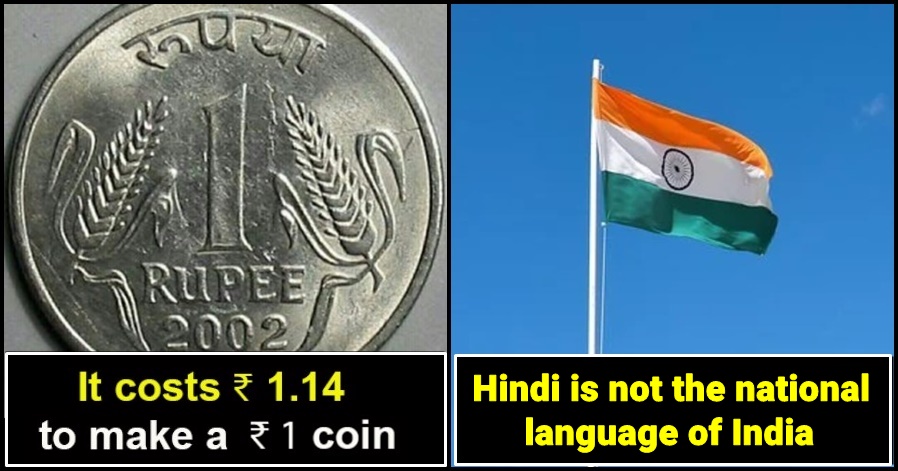No products in the cart.
Why is it very difficult to land on Moon? Understand the mission in easy way
India: It is a matter of immense pride for the country of India. Chandrayaan is the third mission of the Indian Space Research Organization (ISRO), which has been successfully launched without any hindrance.
Chandrayaan 3 mission was launched on 14 July 2023 at 2:35 pm. If compared to 50 years ago, it is still challenging today. Today, on August 23, 2023, the mission was accomplished as India became the first and only country to make a soft landing on lunar’s South Pole.
The Chandrayaan 3 mission has 3 important objectives, the first is to make a safe and soft landing of the lander on the lunar surface. Second, to study the movements of the rover on the Moon for observation and performance. and third, to attempt to further understand and study the composition of the Moon through the necessary scientific experiments on the surface of the Moon, using chemical and natural elements, soil, water, etc. Interplanetary means that the mission requires the development and demonstration of the latest technologies between two planets.
The Chandrayaan 2 mission launched on 22 July 2019 but failed to achieve success in September 2019 when the Vikram lander crashed on the lunar surface. Chandrayaan 2 had the primary objective of discovering where and how much water existed on the surface of the moon.
Among the many failed missions were some hoping to touch the Moon. In the 1960s, during the Space Race, the United States and the Soviet Union continually launched several spacecraft out of reach until one finally successfully landed. China has been the only country to successfully achieve a soft landing on the Moon with the Chang’e-5 mission in 2013, their first attempt.
However, despite so many years of space exploration, why is lunar exploration still so challenging? Let’s explore it.
How to reach the moon?
To reach the Moon, a spacecraft has to travel. Moon is about 3,84,400 km away from our planet and there may be failure in this journey. Missions such as the Lunar Torch mission also had to fail because of some problems in their route of travel.
Speed slows down on the moon
The speed of the spacecraft entering the moon is slow. This is because the atmosphere on the Moon is very thin and has to provide enough friction to slow the spacecraft down. For this, the spacecraft has to carry more fuel, due to which it becomes heavier. In a sense, this is similar to the “tyranny of the rocket equation”.
Navigation on the moon
There is no GPS on the Moon, so spacecraft have to rely on onboard computers to make quick calculations and decisions. It gets very complicated within the last few kilometers on the Moon, and the computers have to react quickly. To ensure that the spacecraft can land safely.








